I used the Gaussian fit with 3 gauss to adjust but datai but I utility data that sometimes my curve contains only two Gaussians in it not find the parameter remnants to use and but great an error is what there is a method that but allows to change with curve fit function use if two or three gaussians .
for my function main, i have this code :
FitGWPS = mainCurveFitGWPS(global_ws, period, All_Max_GWPS, DoupleDip)
and my code for fit is :
import numpy as np
from scipy.optimize import curve_fit
#Functions-----------------------------------------
#Gaussian function
def _1gaus(X,C,X_mean,sigma):
return C*np.exp(-(X-X_mean)**2/(2*sigma**2))
def _3gaus(x, amp1,cen1,sigma1, amp2,cen2,sigma2, amp3,cen3,sigma3):
return amp1*np.exp(-(x-cen1)**2/(2*sigma1**2)) +\
amp2*np.exp(-(x-cen2)**2/(2*sigma2**2)) + amp3*np.exp(-(x-
cen3)**2/(2*sigma3**2))
def ParamFit (Gws, P, Max, popt_Firstgauss):
#Calculating the Lorentzian PDF values given Gaussian parameters and random variableX
width=0
Amp = []
cen = []
wid = []
for j in range(len(Max-1)):
Amp.append(0.8 * (Gws[Max[j]])) # Amplitude
cen.append(P[Max[j]]) # Frequency
if j == 0 : wid.append(0.3 + width * 2.) # Width
else : wid.append(0.3 + popt_Firstgauss[2] * 2.)
return Amp,wid,cen
def mainCurveFitGWPS(global_ws_in, period_in, All_Max_GWPS, DoupleDip):
#Calculating the Gaussian PDF values given Gaussian parameters and random variable X
# For the first fit we calculate with function of the max values
mean = sum(period_in*(global_ws_in))/sum((global_ws_in ))
sigma = np.sqrt(sum((global_ws_in)*(period_in-mean)**2)/sum((global_ws_in)))
Cst = 1 / ( 2* np.pi * sigma)
width=0
Amp = 0.8 * (global_ws_in[All_Max_GWPS[0]]) # Amplitude
cen = period_in[All_Max_GWPS[0]] # Frequency
wid = 0.3 + width * 2. #Width
Amp = []
cen = []
wid = []
for j in range(len(All_Max_GWPS-1)):
Amp.append(0.8 * (global_ws_in[All_Max_GWPS[j]])) # Amplitude
cen.append(period_in[All_Max_GWPS[j]]) # Frequency
if j == 0 : wid.append(0.3 + width * 2.)
else : wid.append(0.3 + popt_gauss[2] * 2.)
#do the fit!
popt_gauss, pcov_gauss = curve_fit(_1gaus, period_in, global_ws_in, p0 = [Cst,
mean, sigma])
FitGauss = _1gaus(period_in, *popt_gauss)
#I use the center, amplitude, and sigma values which I used to create the fake
#data
popt_3gauss, pcov_3gauss = curve_fit(_3gaus, period_in, global_ws_in, p0=[Amp[0],
cen[0], wid[0],Amp[1], cen[1], wid[1],Amp[2], cen[2], wid[2]], maxfev =5000)
Fit3Gauss = _3gaus(period_in, *popt_3gauss)
return Fit3Gauss

